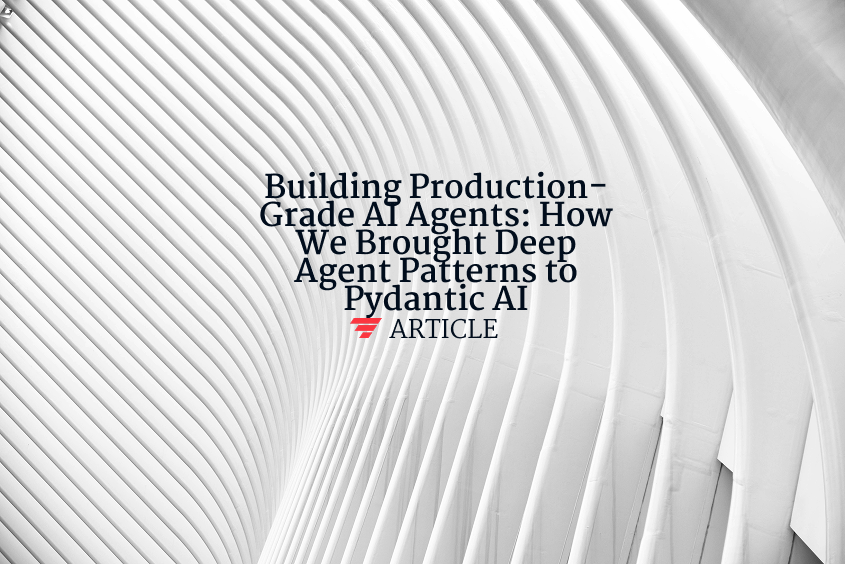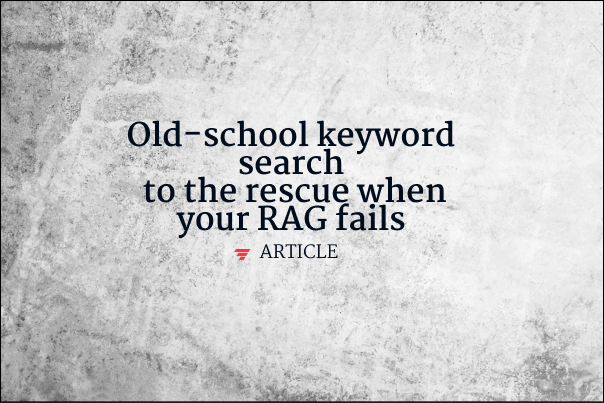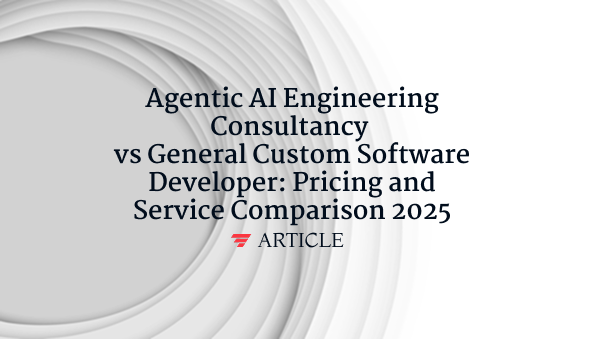Zero-shot AI
Zero-shot AI refers to artificial intelligence systems that can perform tasks or make predictions without having seen specific examples of those tasks during training. This capability emerges from models learning generalizable representations and patterns that transfer to novel scenarios without additional fine-tuning or examples. Zero-shot learning typically relies on semantic embeddings, cross-modal knowledge transfer, or learned meta-representations that bridge the gap between seen and unseen categories. Large language models demonstrate zero-shot capabilities by following instructions for tasks they weren’t explicitly trained on, leveraging their broad knowledge base and reasoning abilities. Implementation approaches include attribute-based learning, where models learn relationships between semantic descriptions and visual features, and prompt engineering that guides pre-trained models to novel tasks. For AI agents, zero-shot capabilities enable immediate deployment across diverse domains, rapid adaptation to new requirements, and handling of unexpected scenarios without retraining, making systems more flexible and cost-effective.
Want to learn how these AI concepts work in practice?
Understanding AI is one thing. Explore how we apply these AI principles to build scalable, agentic workflows that deliver real ROI and value for organizations.



